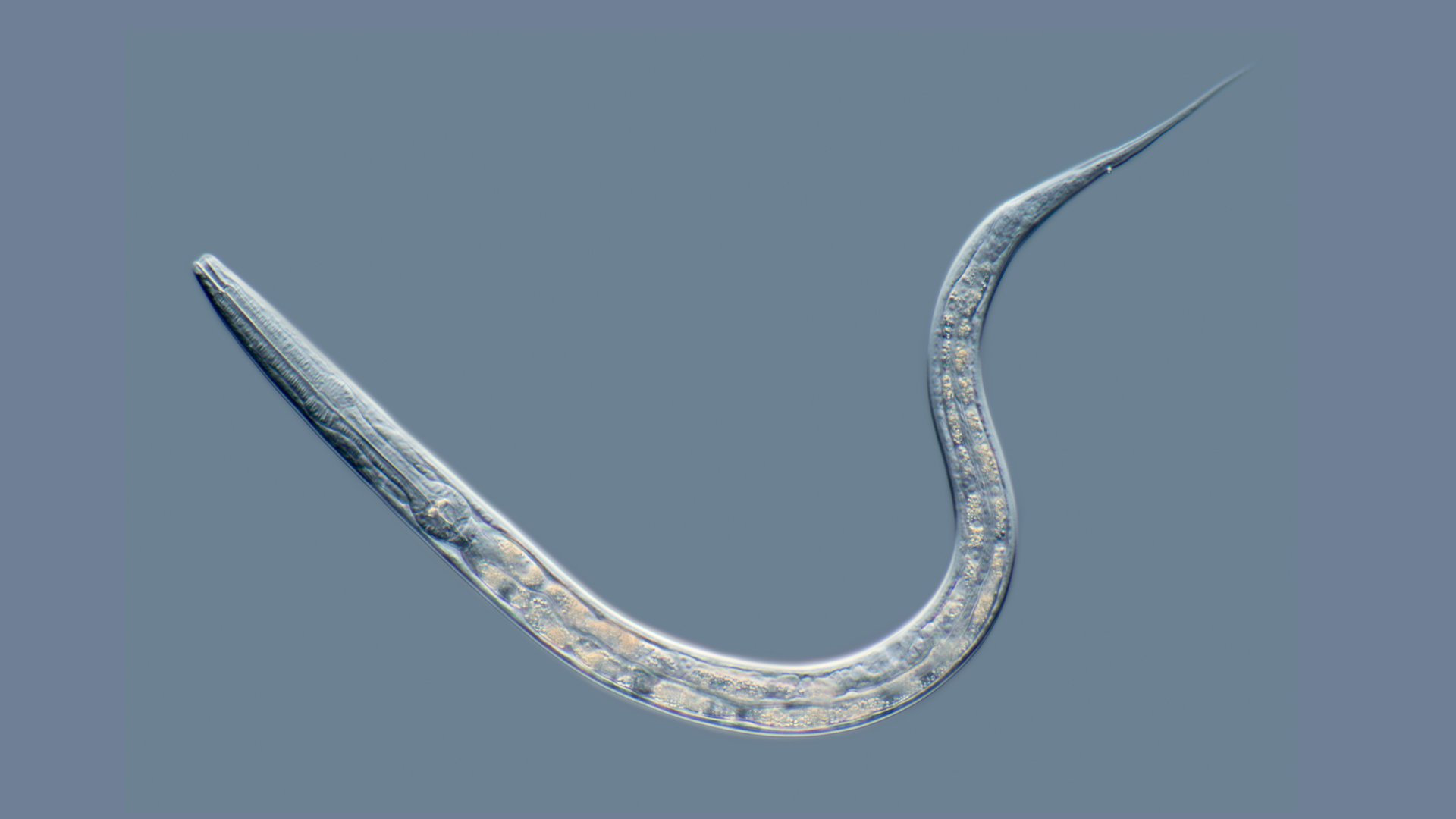Nematode worms are microscopically small animals that live in the soil. They are usually half a millimetre to one millimetre in size, sometimes just large enough to see with the naked eye. These miniscule worms play an important role in maintaining the fertility of agricultural soil, for instance by processing dead material and by spreading nutrients through the soil.
Remarkable distribution
Due to their important role in agriculture, researchers at NIOO-KNAW wanted to find out where most nematodes live. Contrary to the expectations of the researchers, many more of the microscopic worms are to be found in Arctic and sub-Arctic areas than had been assumed.
On the basis of measurements by NIOO-KNAW and other research institutes, the scientists concluded that almost 40% of all nematodes live north of the Arctic Circle. A quarter lives in temperate regions, including the Netherlands. Another 20% lives in tropical and sub-tropical regions.
Climate change
The strong presence of nematodes in Arctic regions can have major consequences for climate change. Now that temperatures on our planet are slowly rising, the microscopic worms will become more active and start eating more bacteria and fungi, which in turn will accelerate degradation of peat in sub-Arctic and Arctic areas. The quantities of CO2 released in this process will further amplify the ongoing global warming.

